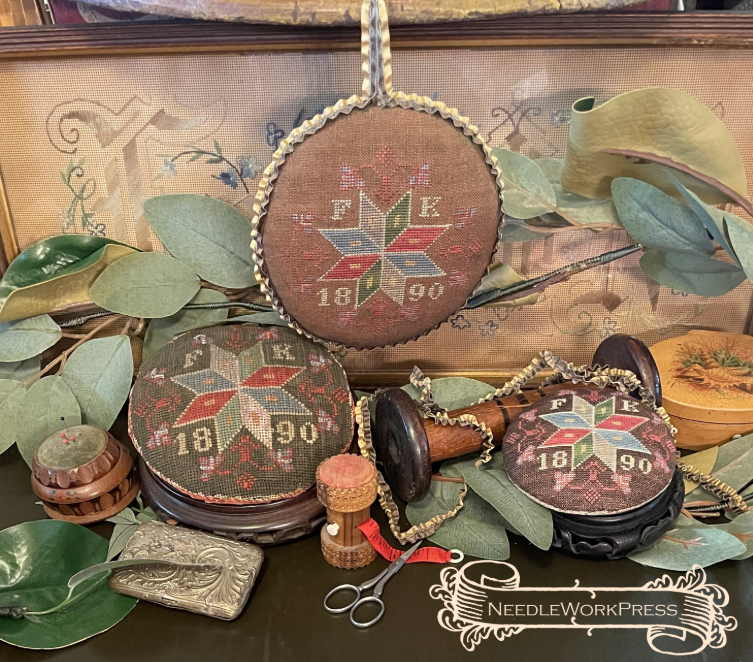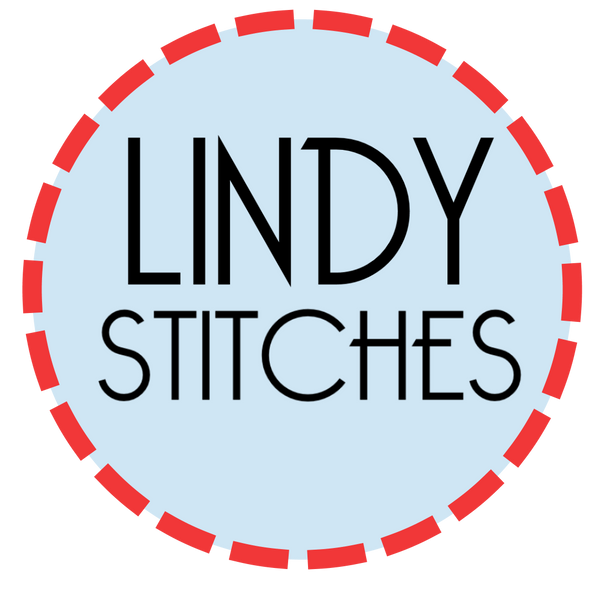1
/
of
1
A Parlour Pincushion Cross Stitch Pattern by Needlework Press Nashville Market
A Parlour Pincushion Cross Stitch Pattern by Needlework Press Nashville Market
No reviews
Regular price
$16.00 USD
Regular price
Sale price
$16.00 USD
Unit price
/
per
Shipping calculated at checkout.
Couldn't load pickup availability
We are always thrilled to find utilitarian items that have survived the years, giving us insight into what was important in the lives of needleworkers from bygone days. Although buttons and hooks replaced pins as “permanent” fasteners in the 1800’s, the humble straight pin was in frequent use through the mid-1900’s. In her book Pincushions, Averil Colby notes that pretty much every household had a pincushion throughout the first half of the 20th century. Made of bone or wood, the very earliest pins were used as clothing fasteners. Although the first metal pins came out of the Bronze Age (beginning in 3300), it wasn’t until 1832 that physician John Ireland Howe sought the help of a printing press designer to create a machine to make straight pins out of a single piece of wire. Dated 1890, the pincushion that inspired this project may have doubled as a table protector. A hanging loop was added at some point, indicating that it was hung on a wall. The maker, “FK” opted for wool on canvas to create this late
Victorian pincushion. We do hope you’ll enjoy recreating it for use today. —Maegan & Vickie
Victorian pincushion. We do hope you’ll enjoy recreating it for use today. —Maegan & Vickie
STITCH COUNT: Chestnut linen pincushion: 75 x 80. Beige linen pincushion: 80 x 90
FABRIC: 32 count Chestnut & 35 count Beige linen listed. Unsure of maker.
FLOSS: Classic Colorworks Tartan Plaid, Caterpillar, Steamed Broccoli, Cherry Cobbler, Nature Trail, Muddy Puddle, Old Oak Tree
Share


